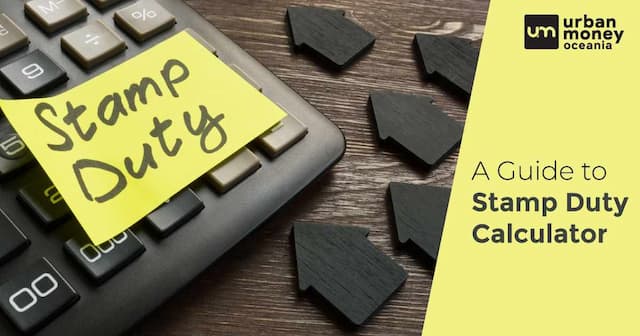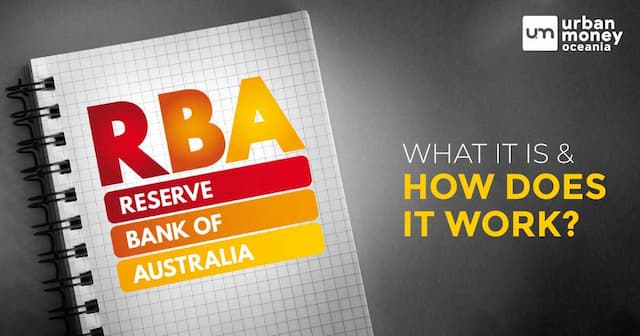A Definitive Guide to Refinancing of Mortgage and Loan

There could be numerous reasons why you might be struggling to repay your loans/mortgages. But there is one solution– refinancing of mortgages. It will help you refinance your existing mortgage sooner. Mostly, loan refinancing shortens the payment term of the loan and lowers the interest rates.
Read further to know what refinancing is, the need for refinancing the loan, how the process can be done, benefits, and more.
What is Refinancing?
Refinancing refers to getting a new loan to repay one or more existing loans. Typically, borrowers refinance to reduce their monthly payments or to achieve lower interest rates.
Refinancing can also be utilised to obtain a loan with a longer duration and lower monthly payments for borrowers who are having trouble repaying their debts. The overall amount will rise as interest must be paid over a more extended period in certain situations.
Why is Refinancing of Mortgages Needed?
There are various reasons why refinancing housing loans is essential. Some of them are as follows:
- There are multiple kinds of loans available for refinancing.
- The borrowers receive a lower interest rate on the refinancing of mortgages.
- The borrowers can use their equity to borrow more funds.
- The tenure of the loan can be shortened.
How to Refinance Your Mortgage?
There are eight simple steps to refinance the loan. They are as follows:
Step 1: Define Your Financial Goal
The first step to starting any process is to establish a goal. If you are refinancing, there should be a valid reason you need it — whether you are refinancing to reduce the loan tenure, lower your monthly payment, or pull out funds for debt reduction or home improvements.
You may have to pay less every month if you reduce your interest rates but restart the amortisation period on a 30-year mortgage. However, over your entire loan tenure, you will be paying more. This is mainly because you will pay most of your interest in the initial years of your loan tenure.
Step 2: Keep Track of Your Credit History and Score
As you did for your previous home loan, you must meet the requirements for a refinance. The better refinance rates lenders will offer you depend on your credit score, as do your chances of having your loan approved by underwriters. Your credit score must be at least 620 for a standard refinance, while some lenders may accept 580 for an FHA or VA refinance. However, they will only let you borrow a little.
While it is possible to refinance your mortgage with adverse credit, it is advisable first to try to improve your score for a few months.
Step 3: Gauge the Amount of Equity You Have
Home Equity equals the overall value of your home minus your total loan amount. You can review your mortgage or loan statement to determine your current balance. Then, find a real estate agent or go through online home search sites to evaluate the current market value of your home. Your home equity represents the difference between the two. For instance, if you still owe $250,000 on your home and it is worth $325,000, your home equity will be $75,000.
You might be able to refinance a traditional loan with as little as 5% equity, but if you have at least 20% equity, you'll get better loan terms and pay lesser fees (and won't have to pay Private Mortgage Insurance, PMI).
Step 4: Compare with Other Lenders
Don’t settle for the first lender you find. The right way to proceed is to compare various lenders. Request quotations from at least three to four different loan companies. Check their interest rates, loan tenure, and processing fees, discuss the right time to lock in your rate and then decide on a lender. By doing so, you won’t have to worry about increasing interest rates before your loan closes.
Besides this, consider comparing different loan fees and whether they should be paid later as part of your new loan or be paid fully now.
Sometimes, lenders provide no-closing-cost refinances but add to the loan balance to compensate or impose higher interest rates.
Step 5: Keep Your Paperwork Handy
Gather all the supporting documents, such as federal tax returns, recent pay stubs, brokerage/bank statements, and other papers your lender demands. Your lender will also examine your net worth and credit. Therefore, it's crucial to reveal all your liabilities and assets upfront.
Keeping your paperwork handy before indulging in the refinancing process will make it quick and smooth.
Step 6: Prepare for Your Home Appraisal
To assess the current market value of your home, mortgage lenders usually require a home appraisal. The process is the same as when you bought the home.
An outside appraiser will assess your home based on specific standards and comparisons to the cost of comparable properties recently sold in your neighbourhood.
The assessment will cost you a few hundred dollars. Any upgrades, expansions, or significant repairs you've made after buying your house should be disclosed to the lender or appraiser to receive a better evaluation.
Step 7: Come to Closing with Cash If Required
The closing disclosure and the loan estimate detailed additional charges for closing costs necessary to complete the loan. At closing, you might have to pay between 3 and 5 per cent of your total loan.
You may be able to finance the expenses—which can run into the thousands of dollars range—by amortising them over the term of your loan.
However, you will probably pay more for it over time due to a higher interest rate or total loan amount, which adds to more interest. (Yes, they will likely charge you a price as well.) If you have the money, it's frequently more logical financially to pay in advance.
Step 8: Keep Track of Your Loan
Store all your important documents related to the mortgage or loan in a safe place and set up automatic payments to ensure you stay updated on your mortgage/loan.
Certain banks will also give you a lower rate if you set up autopay. What to think about Your loan could be resold by your lender or servicer on the secondary market soon after closing or years from now. Therefore, keep an eye out for mail advising you of such changes. It also means that you will now owe mortgage payments to a different firm. However, the terms themselves should remain the same.
Benefits of Refinancing
The following are the benefits of refinancing mortgages:
- Your interest rate can be decreased.
- Your monthly budget could be expanded and your home payment reduced.
- You could shorten the loan's term to make early repayments.
- You could withdraw money from the equity in your property at closing.
- You might combine your bills into one easy payment; some homeowners utilise refinancing to combine their college loans or other debts.
- You might switch from an adjustable-rate mortgage to a fixed-rate one or the other way around.
- Private mortgage insurance premiums may be cancelled, so you won't have to pay them.
Accessing Equity to Refinance
You can access your home equity for many purposes, including renovating and improving your home or visiting your dreamy destination.
Why Refinancing a Home Loan Can be a Sensible Step?
Refinancing home loans could be beneficial in the following ways:
#1: Save More with Lower Interest Rates
New borrowers get the finest discounts from lenders. Therefore, your lender might not extend the same incentives if you are an existing borrower. Consequently, it makes sense in these situations to transfer or refinance your mortgage.
Remember that you can benefit from a windfall gain even if home loan interest rates are reduced by 0.5%. PNB Housing is renowned for providing some of the business's lowest interest rates on house loans. The rates vary from 8.00% to 10.50% and can help you save more money.
#2: Become Debt-Free by Reducing the Loan Tenure
If you've had a house loan for a while and your financial condition has improved, you might want to refinance it with a shorter term to reduce your monthly payments and get rid of the "debtor" label more quickly. Financial institutions typically allow you to prepay a loan in parts as and when you like. Most financial institutions will enable you to modify your tenure or EMI. You can also consider refinancing or transferring your balance.
Raising the EMI might shorten the loan length by refinancing a home loan. If the new lender's rates are lower than your current lender's, you can pay off the loan much sooner than the agreed-upon term and raise your credit score.
#3: Change Your Lender to Get Better Service Quality
Borrowers sometimes complain that their lender is unresponsive to their needs. The company's executives in charge of customer service are unfeeling, unable to communicate effectively, or rigid. Additionally, some lenders impose higher costs or need to provide flexible payment options.
#4: Get More Money
A costly endeavour, buying or building a house has a considerable risk of cost inflation. If your current lender declines to provide more funds, you might apply for a home loan refinance.
Use a home loan eligibility calculator to determine whether your monthly income can support the increased burden before requesting more funding from a lender. PNB Housing offers a free home loan EMI calculator on its website to make figuring out your monthly obligations easier.
Related Posts

Jul 12, 2023
What is a Stamp Duty?

Jun 30, 2023
Home Loan Guides











